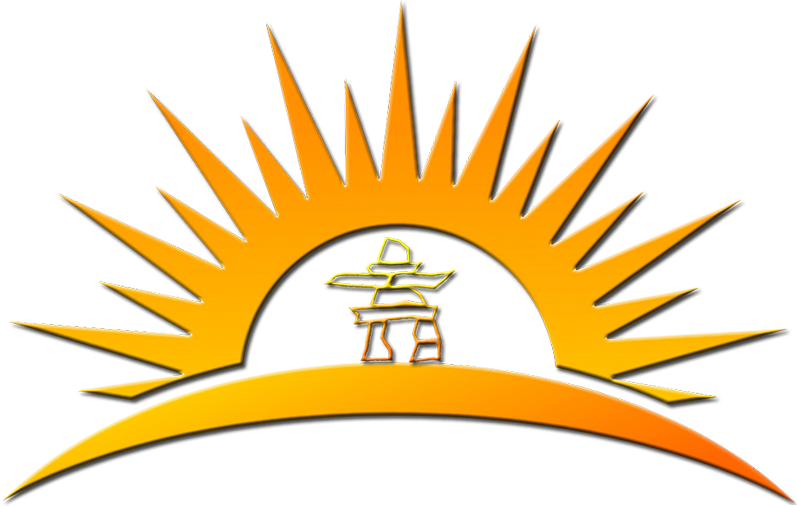




Space Climate 7 Meeting Abstract
How Hemispheric Polar Field Reversal Sets the Timing and Shape of the Solar Cycle
Andrés Muñoz-Jaramillo (Southwest Research Institute)
The solar cycle is a phenomenon that simultaneously presents a significant level of randomness, and an incredible regularity. This dichotomy lies at the root of the impossibility of making multi-cycle predictions, but the remarkable capability we have of pinning down a cycle's properties once its underway. One of the most important pieces of information that is currently used for solar cycle prediction is the strength of the polar fields during the minimum prior to the predicted cycle. However, we only have direct measurements of the polar fields during the last 45 years and they paint an incomplete, and overly simplified, picture of this important relationship.In this presentation I take advantage of a century of polar faculae measurements (as a proxy of polar magnetic flux), to illustrate how the dynamics of polar field reversal, the interaction between the Northern and Southern hemispheric cycles, and the interaction of each cycle with the one that came before, give shape to each solar cycle in a remarkably regular way. We will discuss how the polar field may not be the only determinant of the observed cycle amplitude and how this discrepancy comes to be. Then we will discuss how the moment of polar field reversal plays a critical role on timing the onset of the next solar cycle. Finally, we will discuss how all this can be put together to make better and more detailed solar cycle predictions, and the kind of information that he next generation of model-driven cycle predictions needs to strive for to enable earlier and better cycle predictions.
Mode of presentation: oral (Need to be confirmed by the SOC)
